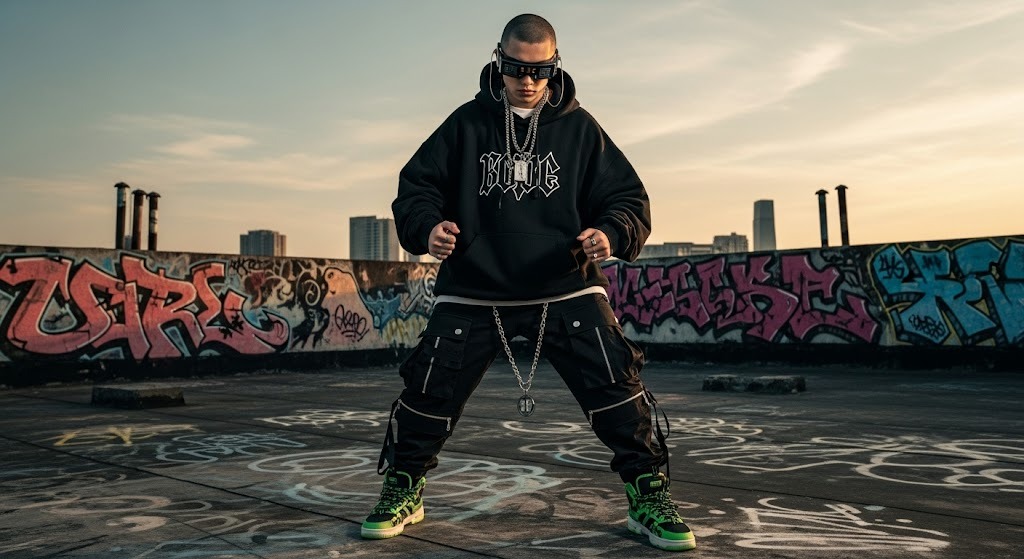Blog
The Evolution of Streetwear: From Subculture to Global Powerhouse

Streetwear has come a long way from its underground roots. What began as a cultural expression of skate, hip-hop, and urban youth has grown into one of the most influential forces in fashion. Once dismissed as casual or rebellious, streetwear now sits front row at Fashion Week and dominates luxury runways.
The Origins of Streetwear
Streetwear was born in the late 1970s and 1980s, emerging from skate parks in California and hip-hop scenes in New York. Brands like Stüssy, FUBU, and Supreme helped define the look—oversized tees, hoodies, sneakers, baseball caps, and bold graphics.
It wasn’t just about the clothes. It was about community, music, and authenticity. Streetwear represented a break from traditional fashion rules and a reflection of real life.
The Rise of Sneaker Culture
No discussion of streetwear is complete without mentioning sneakers. Air Jordans, Nike Dunks, Yeezys—they’re more than footwear; they’re cultural currency.
Sneaker drops became events. People lined up for hours to get limited-edition pairs. Resale markets exploded, with rare kicks fetching thousands of dollars. Sneakers became symbols of status, taste, and subcultural belonging.
Streetwear Meets High Fashion
By the 2010s, streetwear had infiltrated luxury. Designers like Virgil Abloh, Demna Gvasalia, and Kim Jones began blending streetwear aesthetics with high fashion craftsmanship. Collaborations between streetwear brands and luxury houses—Supreme x Louis Vuitton, Nike x Dior—rewrote the rules of fashion.
This fusion challenged elitism and invited younger audiences into the world of couture. Suddenly, a hoodie could be just as valuable as a suit.
The Influence of Hip-Hop and Pop Culture
From Kanye West to Travis Scott, artists have played a pivotal role in streetwear’s evolution. Their styles shaped trends, and their collaborations with brands turned merchandise into fashion statements.
Pop culture also helped globalize streetwear. K-pop, anime, gaming, and sports all influence designs today, resulting in a hybrid style that blends local identity with global aesthetics.
Streetwear’s Gender-Fluid Appeal
One of streetwear’s most progressive elements is its genderless approach. Oversized silhouettes, unisex branding, and the breaking of dress codes have made it a space where self-expression thrives without boundaries.
This has resonated with Gen Z, who increasingly reject rigid categories and embrace fashion that feels authentic, not dictated.
The Democratization and Commercialization
Ironically, streetwear’s growth has led to both greater access and greater exclusivity. Brands use “limited drops” to create hype and scarcity, sometimes prioritizing marketing over community.
Yet, platforms like Instagram and online boutiques have also made streetwear more inclusive. New designers from underrepresented backgrounds are launching their own labels and building direct-to-consumer empires.
Streetwear Today and Tomorrow
Streetwear continues to evolve. Sustainability is becoming a concern. DIY culture and customization are resurging. And while the hype remains, there’s a push to return to the roots—creativity, community, and authenticity.
From skate decks to Paris runways, streetwear’s journey is a testament to how culture and style can intersect—and how a T-shirt can become a revolution.
